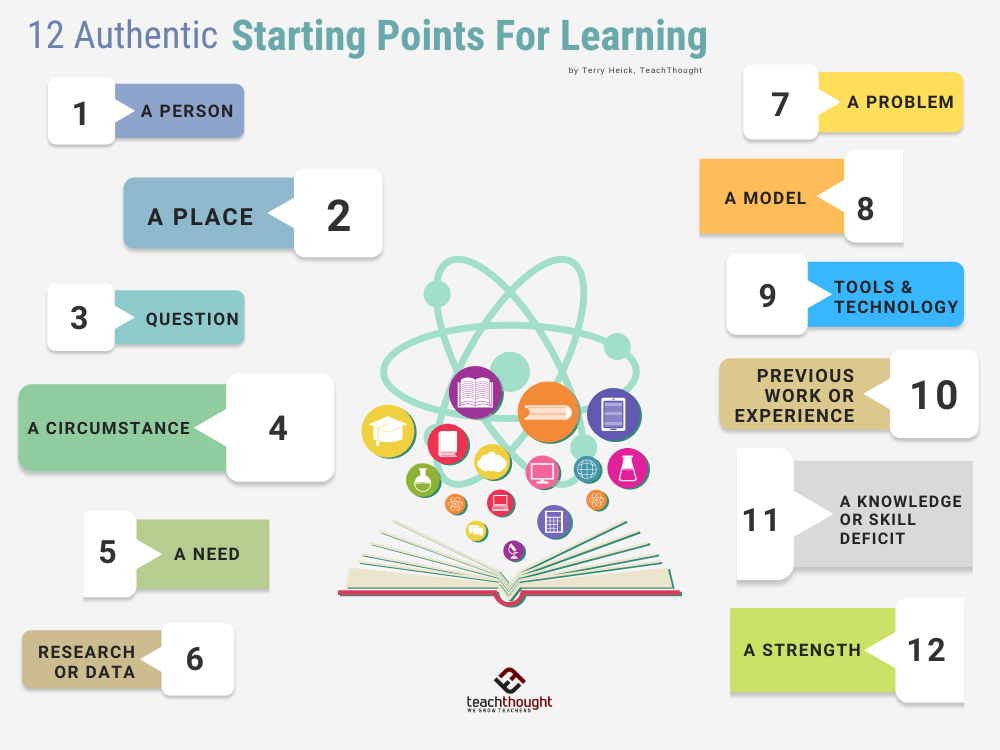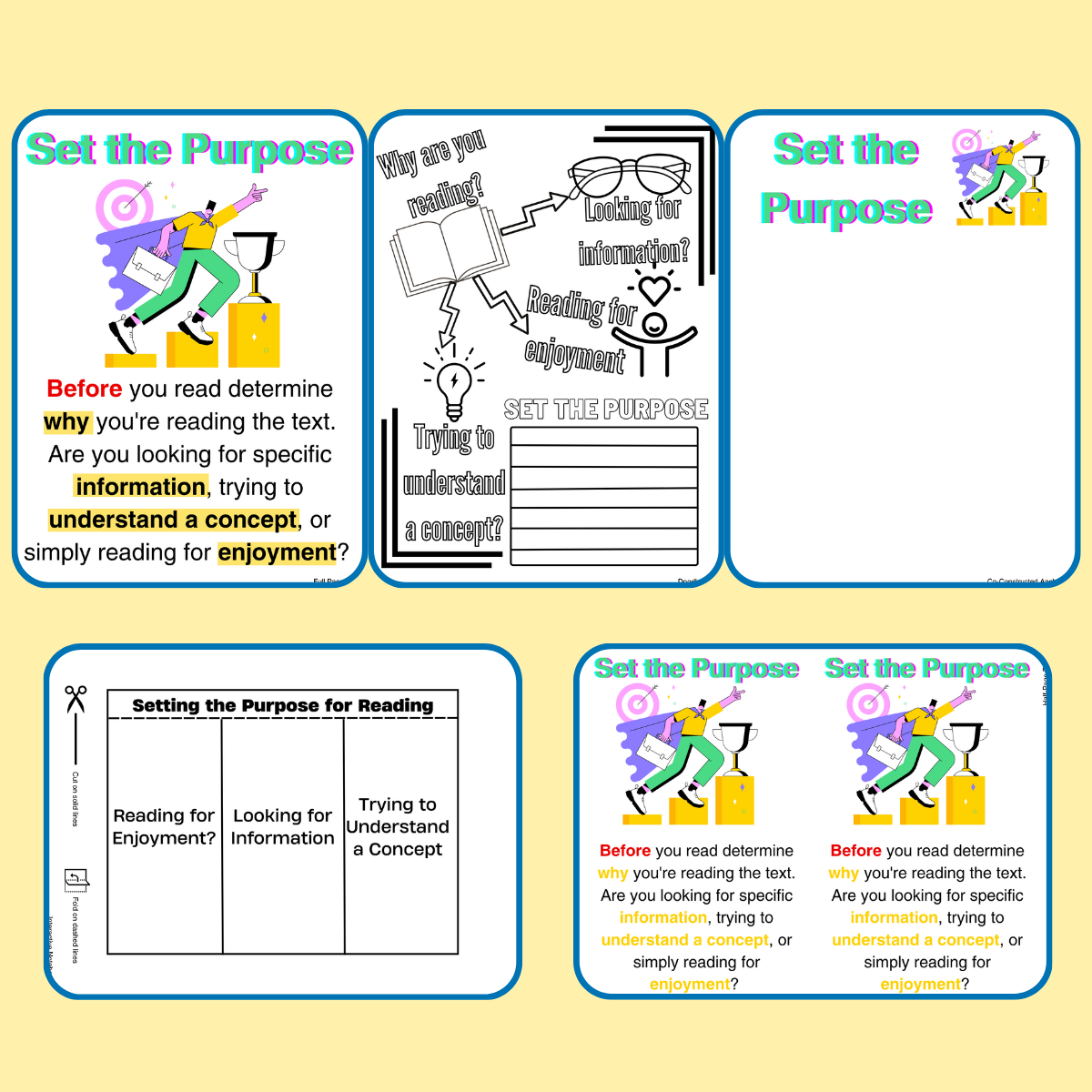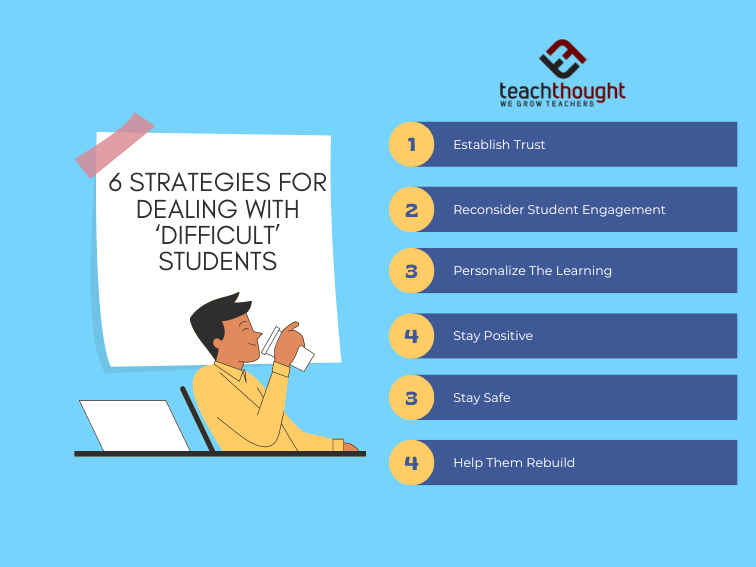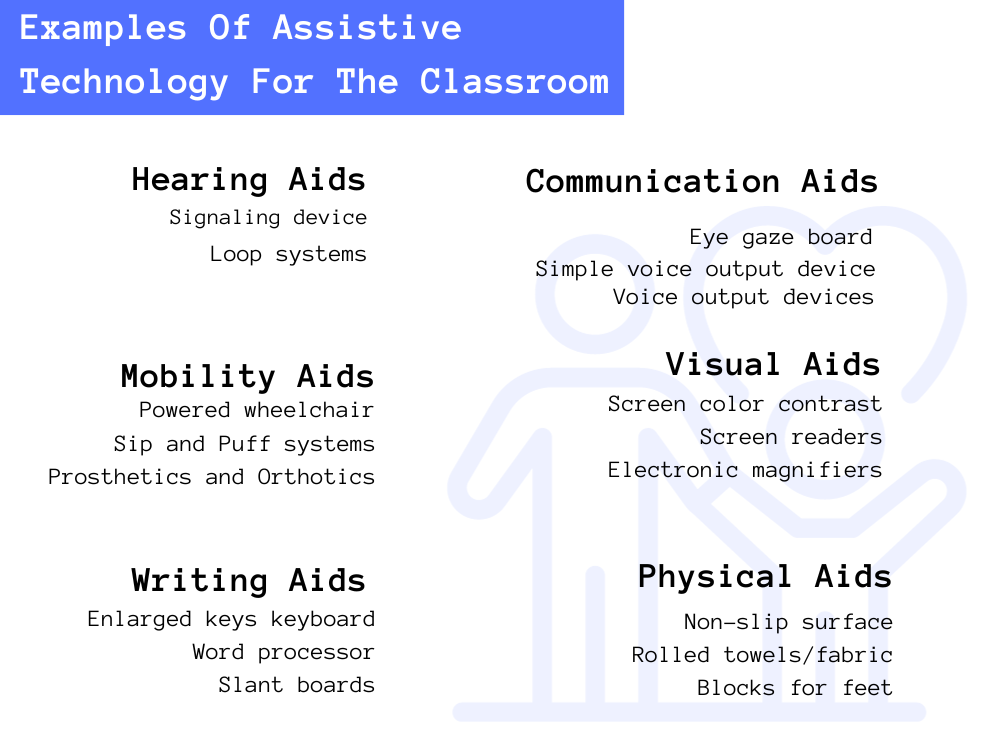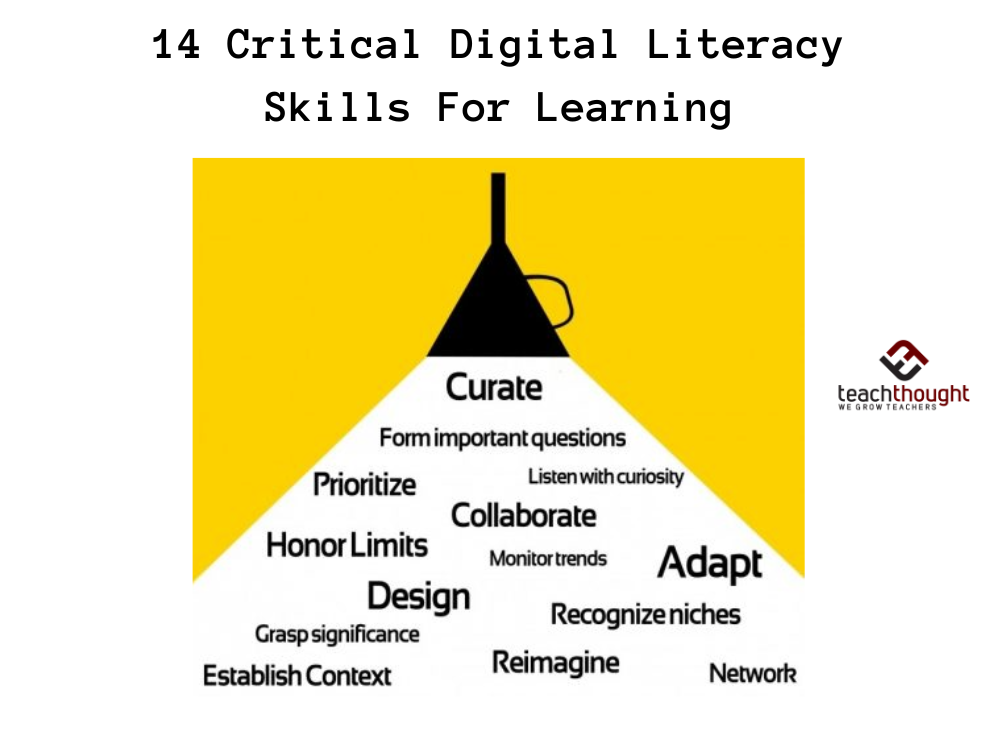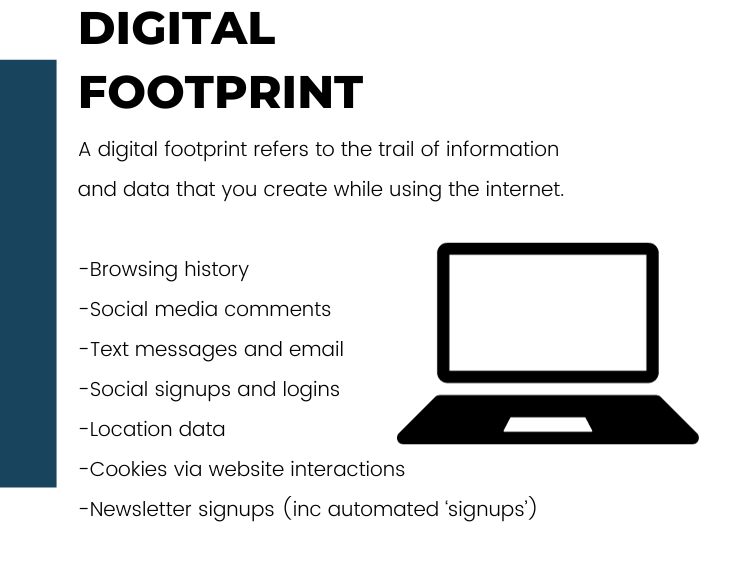Critical Thinking
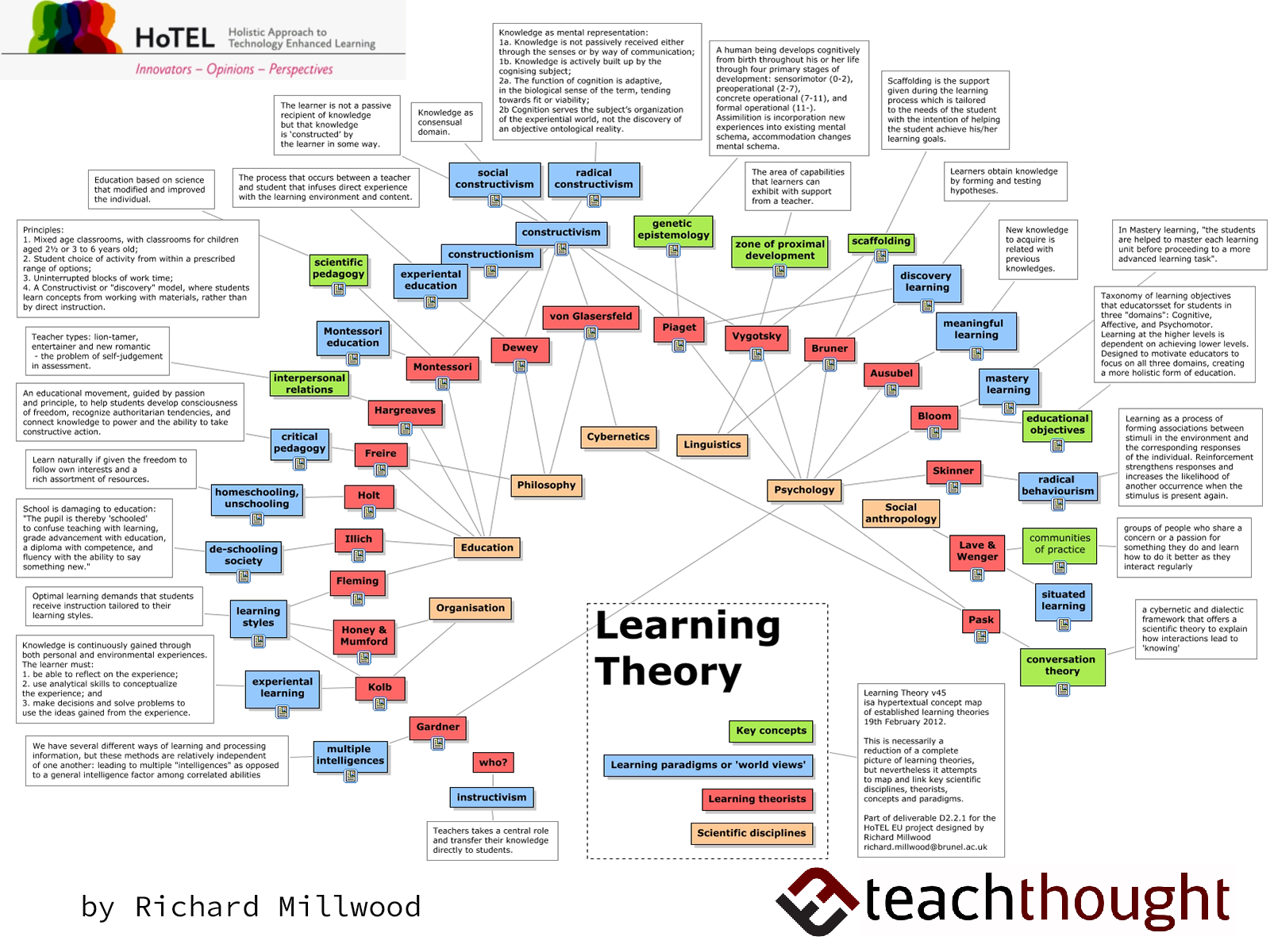
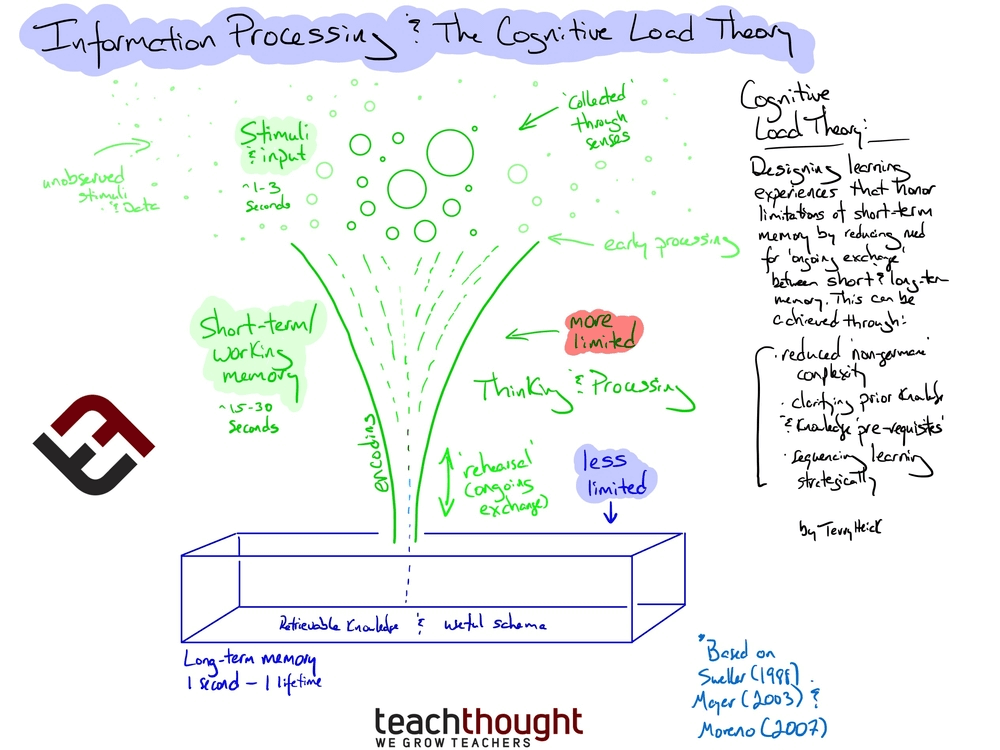
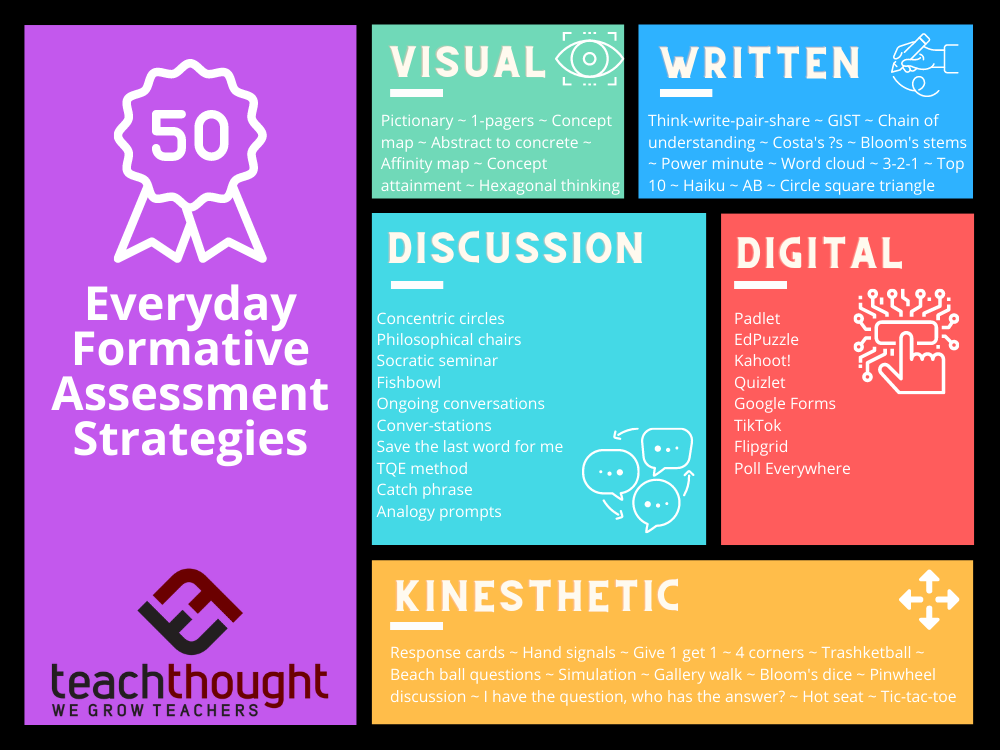
Search
Recent
How The Brain Works–And How Students Can Respond
3 major brain elements help control what information your brain takes in: the reticular activating system, limbic system, and dopamine.
Teach Students To Think Irrationally
Our task? Overcome a child’s natural tendency to play, rebel, and self-direct in hopes of providing them with an ‘education.’
12 Authentic Starting Points For Learning
Learning–real, informal, authentic, and lifelong learning–can ‘begin’ with just about anything.
Curricula: Setting The Purpose Of Reading
Setting the purpose for reading is crucial as it provides focus and direction, guiding readers to engage actively with the text.
6 Strategies For Dealing With ‘Difficult’ Students
From building trust and relationships to cultivating responsibility, here are 6 strategies for working with your most ‘difficult’ students.
Where’s The Innovation In Education Coming From?
Where is the innovation in education coming from? What are its current levels of innovation? What might possibly disrupt it in the future?
30 Examples Of Assistive Technology In The Classroom
Examples of assistive technology for the classroom include sip and puff systems, enlarged keys keyboard, and signaling devices.
A Brief History Of Gamification In Education
The term ‘gamification’ first gained widespread usage in 2010 referring to incorporation of social/reward aspects of games into software.
The Definition Of A Digital Footprint
Today, any definition of digital prints should include advanced algorithms, big data, location data, and new global privacy laws.


